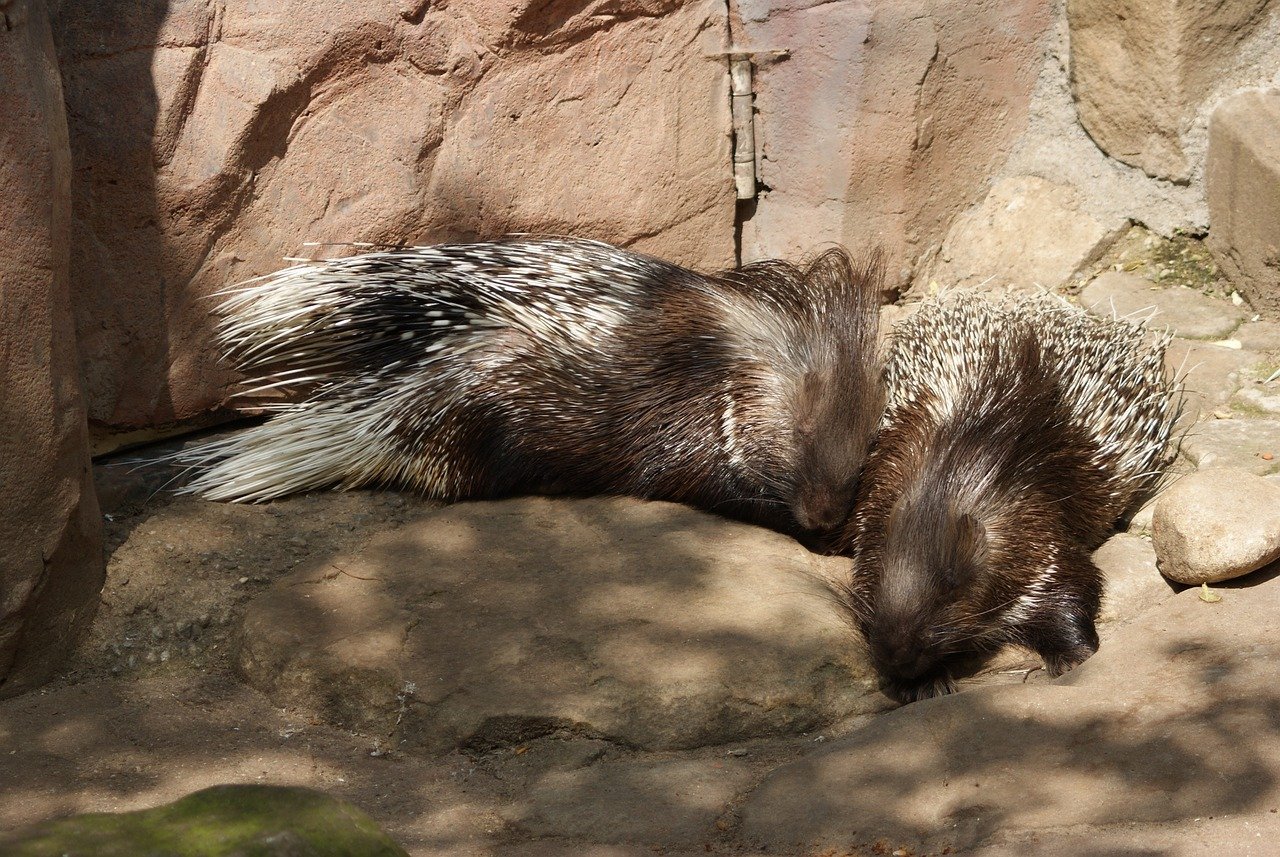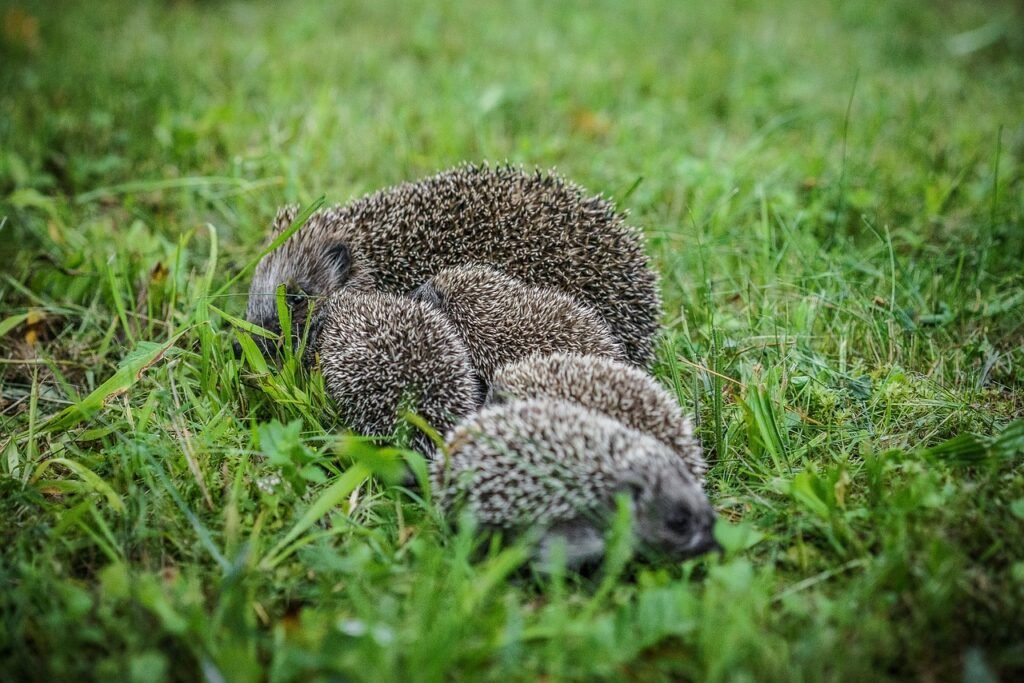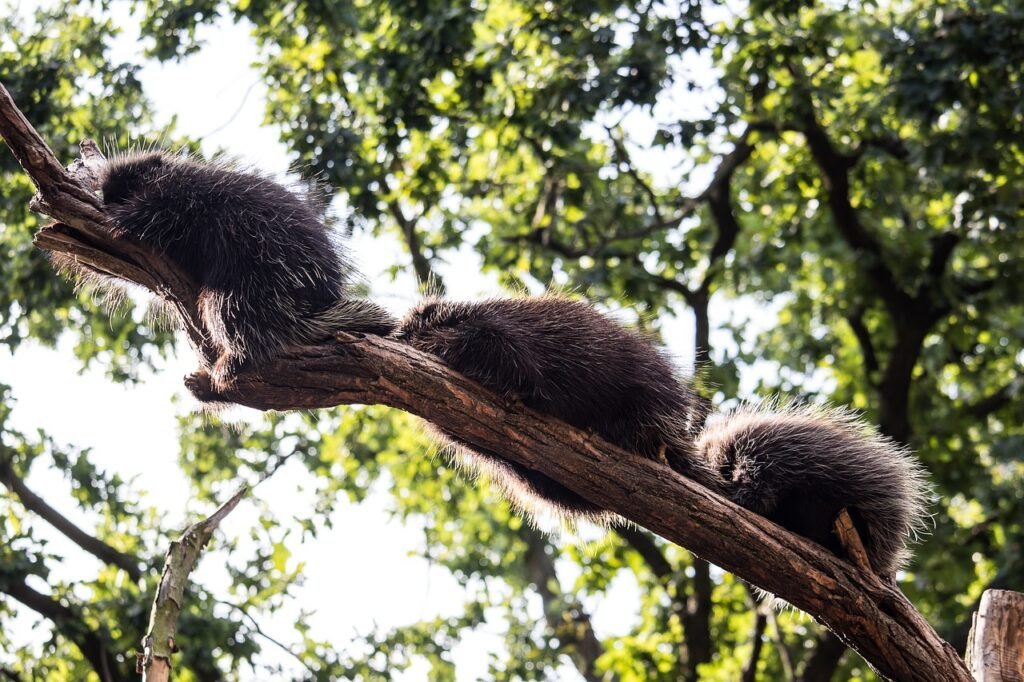Breeding porcupines requires a thoughtful and strategic approach to ensure successful pairings and a thriving porcupine community. The art of porcupine pairing involves understanding the unique behaviors, preferences, and compatibility factors that contribute to successful breeding. In this guide, we delve into the strategies for achieving successful porcupine pairings and fostering a healthy reproductive environment.
Understanding Porcupine Behavior:
1. Observation and Research:
- Start by observing the natural behaviors of individual porcupines. Research their species-specific traits, courtship rituals, and mating preferences to gain insights into their social dynamics.
2. Compatibility Assessment:
- Assess the compatibility between potential mates. Consider factors such as age, temperament, and previous breeding experiences to identify pairs that are likely to form strong bonds.
3. Social Structure:
- Understand the social structure within the porcupine community. Some species are more solitary, while others may exhibit social behaviors. Pairing individuals with compatible social tendencies enhances breeding success.
Pairing Strategies:
1. Introduce Gradually:
- Introduce potential mates gradually in a neutral environment. This allows them to become familiar with each other’s scents and behaviors without territorial conflicts.
2. Same-Species Pairing:
- Pair individuals of the same species to ensure compatibility in courtship rituals, communication, and breeding behaviors. This promotes a more natural and successful breeding process.
3. Age Considerations:
- Consider the age of potential mates. While age differences can be acceptable, pairing individuals closer in age often results in more successful breeding outcomes.
4. Monitoring Interactions:
- Monitor the interactions between potential mates closely. Positive behaviors such as mutual grooming and non-aggressive communication are indicators of a potentially successful pairing.
5. Behavioral Compatibility:
- Assess behavioral compatibility, taking into account the personalities of individuals. Some porcupines may be more dominant, while others are more submissive. A balanced pairing promotes harmonious interactions.
Environmental Factors:
1. Optimal Breeding Season:
- Time pairings to coincide with the optimal breeding season for the specific porcupine species. This ensures that mating behaviors align with natural reproductive cycles.
2. Nesting Opportunities:
- Provide suitable nesting opportunities within the enclosure. A well-prepared nesting area contributes to the comfort and security of pregnant porcupines during the gestation period.
3. Adequate Space:
- Ensure that the enclosure provides adequate space for both individuals. Sufficient space reduces the likelihood of territorial disputes and enhances the overall well-being of the pair.
Monitoring and Adaptation:
1. Continuous Observation:
- Maintain continuous observation of paired individuals, especially during the initial stages of introduction. Address any signs of stress, aggression, or discomfort promptly.
2. Adaptation to Individuals:
- Be adaptable in your approach, recognizing that each porcupine is unique. Some individuals may form strong bonds quickly, while others may require more time for successful pairing.
3. Seek Professional Guidance:
- If challenges arise or if you are unfamiliar with porcupine pairing, seek guidance from professionals, such as veterinarians or animal behaviorists, experienced in porcupine reproductive behaviors.
Success Indicators:
1. Mutual Grooming:
- Mutual grooming is a positive indicator of a successful pairing. It reflects a bond between individuals and contributes to social cohesion within the porcupine community.
2. Courtship Behaviors:
- Observe courtship behaviors, including vocalizations, scent marking, and gentle physical interactions. These behaviors signify a readiness for mating and a potential successful breeding outcome.
3. Successful Copulation:
- Successful copulation is the ultimate indicator of a successful pairing. If copulation occurs, it suggests that the individuals have formed a compatible bond conducive to reproductive success.
Conclusion:
The art of porcupine pairing involves a nuanced understanding of porcupine behaviors, careful selection of compatible mates, and thoughtful consideration of environmental factors. By employing these strategies, caregivers and conservationists can contribute to the success of porcupine breeding programs and the well-being of these unique and captivating creatures. As we delve into the intricacies of porcupine pairing, we embark on a journey to ensure the continuation of healthy porcupine communities and the preservation of these remarkable species.



